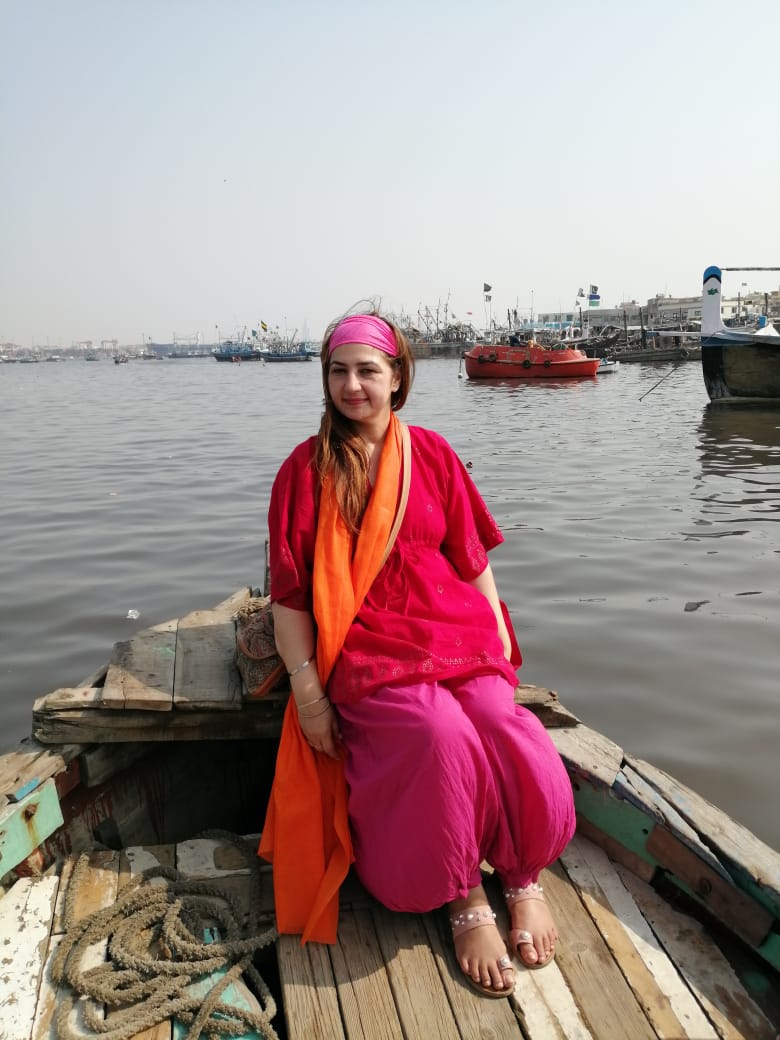
Hi! This month I’m really pleased to feature Nilofer Afridi Qazi, founder of the YouTube channel Niloferscorner, which hosts a video series called, Pakistan on a Plate as part of the blog’s new interview series. I found Pakistan on a Plate to be one of the more comprehensive looks at Pakistani cuisine. About a year ago, Qazi embarked on a long-term mission to food map Pakistani recipes across the 150+ districts of Pakistan with nothing but the phone in her pocket. To date, she has filmed over 47 episodes with 32 already online. This project has taken her from the northern most corner village of Pakistan in upper Chitral to the eastern desert of Tharparkar and the southern coasts of Baluchistan and Sindh. If you haven’t already, I would highly recommend subscribing to her YouTube channel, Niloferscorner, to support her work and learn about the vastness of Pakistani culinary culture.
The interview has been condensed and edited for clarity and brevity.
Tell me about your work.
My area of focus is recipes which are relatively unknown or completely absent from the public spaces. When I say “not known”, I mean the majority of Pakistanis who live in Karachi, Lahore, Islamabad, and perhaps Peshawar. Local residents, and those who make them know most of these recipes, but they are unappreciated as cultural treasures…Most of the recipes I have collected and filmed remain in the oral, pre-modern, agrarian cultural tradition of Pakistan. That’s one of the reasons I started food mapping. The second reason is that our understanding of what Pakistani food is comes from our Mughal and the Kashmiri cultural and historic heritage… this is only a part of our history and culinary heritage. Pakistani recipes draw from much a wider range of culture. More significantly, Mughlai and Kashmiri recipes came to Pakistan from ‘the outside’. They did not emerge from the agriculture, the land of what is Pakistan today. This is not to say I do not embrace Mughlai or Kashmiri culinary traditions as ours but I am interested in what our 4+ provinces (and territories) that make up Pakistan call local food. We have continued to privilege (certain traditions) for historical, religious, political reasons at the expense of a more complete identity. It’s not a binary. For me it was very important that we embrace, food map, and understand what is Pakistan through its culinary tradition.
In 2010, I actually wrote a piece about this, having gone to Sindh after the floods in 2010. Traveling through six of its districts, I thought, “Where is the Sindhi food?” I was staying in local guesthouses, eating at small dhabas, and there were no local Sindhi dishes available. When I spoke to people and asked “Where is the food you eat at home?” At first they said “This is what we eat at home”, which is interesting, because they assumed correctly that most Pakistanis have no clue about Sindhi food. So I began a conversation about bhe (lotus), red rice (short grain local variety), dried fish etc. When they realized I had some clue of local recipes, they offered to make these food items and send them to me the next day. I know Sindhi food because I spent a lot of time in Mumbai, which has a huge and proud Sindhi diaspora, which celebrates its food publicly. The Sindhis hold their own in Maharashtra and so I was surprised that in the motherland, “What happened?” This got me thinking and I realized a lot of our public eateries mostly offer generic ‘Pakistani food’ without localizing the recipes.
I began paying attention and reviewed our cookbooks, blogs, our television channels, the GT (Grand Trunk Road) dhabas, and thought, do you see anything other than generic Punjabi food? To some extent KP is a little different in that it focuses on BBQ, and our rice is different. But even in dhabas they don’t sell the rice that’s indigenous to the area. We produce one of the highest quality short-grained rice varieties. Some were introduced during the British time but we have also indigenous varieties.
I ask you a question, do you consider cheese as a staple in Pakistani culinary culture? Most people don’t but in northern areas you cannot live without cheese. In Baluchistan, kurt, a dried goat cheese is a staple ingredient in local recipes, because of its harsh weather. Noodles or what we call noodles, are another staple in the north. The question arises, which Pakistani cuisine is Pakistan’s culinary symbol? Our understanding and knowledge of the correct answer to this question is limited.
What is your background and what propelled you into this?
I’m a political scientist by training and study. My first degree was at Queens University, Canada, where I studied political studies and Islamic law…then I did my second degree in Oriental Studies at Oxford University in England. I focused on the Muslim world and narrowed it down to Pakistan and looked at the Islamization process in Pakistan. Then I worked in finance in London; peace and conflict in South Asia at Ford Foundation in New Delhi. I was in Washington DC with SAIS where I worked with the South Asian Studies program, expanding it to include Pakistan, introducing Urdu as a course subject and language, and setting up a fund for five years.
In 2005, there was a catastrophic earthquake in Pakistan affecting nine districts and killing 87,000 citizens, leaving 3.5 million homeless; the worst natural disaster since the Quetta 1935 earthquake. I hadn’t lived in Pakistan for 20 years and this was a clear sign to return. I began with UN Habitat in June 2006 where I managed one of the largest housing reconstruction projects the UN system has undertaken. During this period, I was in Azad Kashmir and KP five out seven days regularly. Later, I shifted to the UNRCO office as the Director at the UN’s Resident Coordinator office. After that, because of my disaster management experience and having worked closely with General Nadeem, who became Chairman of the National Disaster Management Authority (NDMA), I become his Chief of Staff. We established and built the NDMA. I did that for a couple of years, followed by some consultancies.
After the seven-year itch in the same sector of work I wanted a new challenge, and decided to shift to something more creative. I made a couple of documentaries on culture: language, Urdu and English literature in our imagination. I also was the last one to interview Intizar Hussain on the subject. To learn the trade, I decided to return to school, and went to New York to study film. Before I went to film school, the market here wasn’t responsive (to the idea of food mapping). Television channels weren’t interested, neither were publishers nor corporate Pakistan…Nevertheless, I thought, I’m a foodie, I want to do it, so let me try as much as I can? So I went to film school with a singular focus, to be taken more seriously.
This country doesn’t really acknowledge food as heritage, food as culture. Cooking programs on TV have been associated with elderly women, or celebrity gimmicks playing with food, or some street food of our towns and cities but nothing as far I know is comprehensive. It’s not a serious or invested sector of curiosity. It’s not seen as heritage, as part of your culture. The way you look at a monument, you don’t look at food here, or art. What we eat tells us a lot more about who we are. Our environment and socio-economic conditions is all tasted, felt, experienced most intimately through food. We are what we eat.
I started the YouTube channel, Niloferscorner, and the series is called Pakistan on a Plate. My book is still ongoing and the YouTube series is under a year. If I get the funding, my aim is to food map all of Pakistan. I have filmed 47 episodes 32 are online.
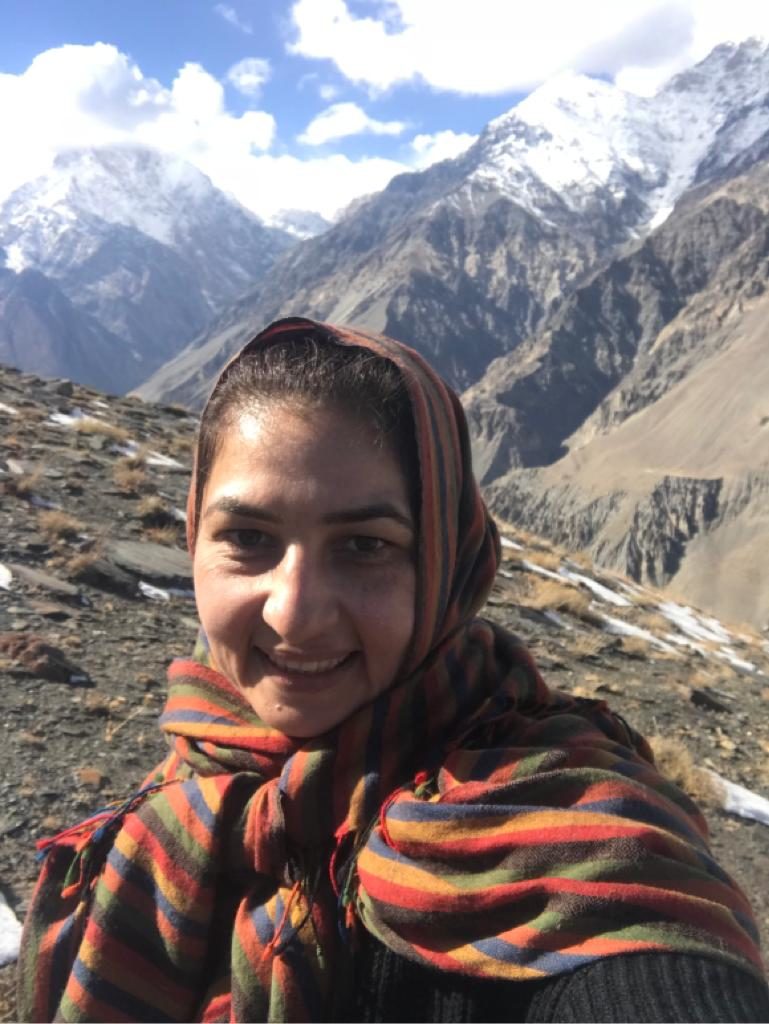
Tell me about your favorite episode and also one of the most difficult episodes that you had to record.
Episode 13 is from a small village called Shogran in Terech Valley, in front of the highest plateau mountain in Chitral at 19,000 feet. I arrived in Chitral, drove to upper Chitral to Mulko village 4 ½ hours away, and then checked in with my friend and guide. We drove an hour on a snow-capped mountain, and then, trekked four hours to Terech Valley on a snow capped mountain. Once we got to the other side of the valley, we walked along the Terech Valley glacier river for another three hours to Shogran village, the last village before professional trekkers start to trek to Terech. In Shogran, I spent a night and day with a shepherd family while we all piled in the hut’s Central Asian style coal heated pit under a central table, all of us covered in layers of blankets – very Tashkent-y but also very Pakistani!
I recorded two episodes there. That episode was hard. It required physical endurance, and cooking at that altitude takes a lot longer. One of the episodes shows how to make shushp, fermented wheat grain sprouted flour. It is ground into flour and made into a halwa. To make this dish you have to continuously churn for 3 ½ hours. Just imagine the effort and time to make this recipe at this altitude! The second recipe I learned was lajek, which I really loved, uses short-grained rice, which grows in Ayun Valley, Chitral, and goat’s meat. This too is for special occasions. Lajek is similar to meat porridge and beyond delicious. On a wood-burning stove, it took many, many hours. Recording these episodes was the most physically challenging.
Why Shogran village? What was so special about it? Describe the process of gaining access to these homes?
Because I have worked in the development sector, I have access to local organizations that have access to households. The work I do for Pakistan on a Plate requires entering the private spaces. Professionally, I have traveled and researched across 100 districts in Pakistan and thus have the capacity to access them. I have also been very fortunate to be supported by the Rural Support Programs across Pakistan, and Kashf Foundation in certain parts of Punjab, for my work.
Shogran village is one of the far end corners of Pakistan. I wanted to experience in a remote high altitude mountain village, and see what they eat. Upper Chitral maintains its old culinary culture and thus, became my focus (the episode).
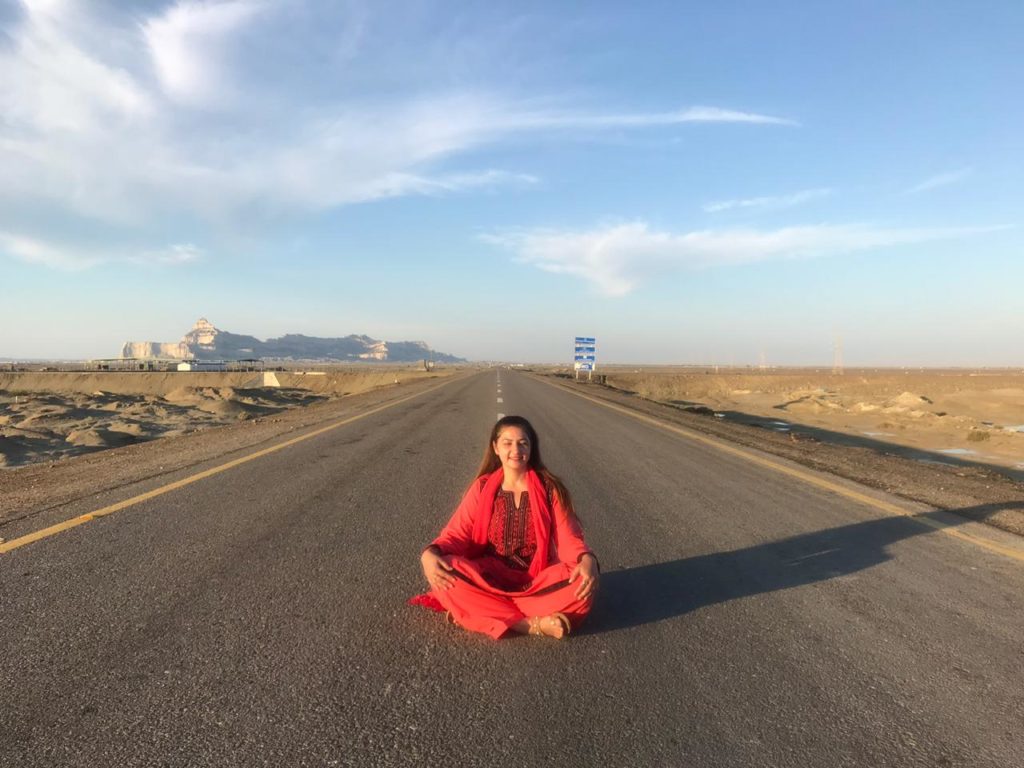
What was your most wow episode?
One of the two most emotional recipes was making landhi in Pishin, my paternal grandparents’ home. I’m glad it was my first episode. I was in Pishin for work, and the weather was cold, dry and I couldn’t go for my appointments. It was snowing a little. I was chatting to one of the staff about old recipes, and Hayat, our old retainer said we haven’t made landhi in this house for at least a generation. I looked at Hayat and asked, “Who can teach me how to do landhi?” He looked at me, saying “are you serious?” I said “yes let’s do it!” And so we cured meat together. That was a very emotional episode. It wasn’t professionally shot since I had not prepared anything. I was doing the curing alongside Hayat and then much later, decided to patch and edit into my first episode for Pakistan on a Plate.
The other one was the episode at my maternal family home, Babribanda ….I was very close to my maternal grandmother. The family home has never been quite the same since her passing. On one such visit to Banda, a sad occasion marking the funeral of a very dear uncle, I was getting very emotional. So I asked the girls (of the house) whom I grew up with us, “can we make something happy?” And we decided to make naranj ka murabba. My grandmother loved agriculture, gardening and cows. We had many varieties of citrus in our garden. Naranj is the wild orange, which grows all along our driveway. It is not cultivated. Its juice is used in chapli kebabs, as a cheap substitute for lemons. The peel is very thick and to not waste the fruit, it is then used to make a jam/murabba. Sometimes you just need to cook to remind yourself of happy times.
I think the most magical episode thus far in the series was Kalabagh. The nawab of Kalabagh is one of the few royal families which Pakistan inherited post independence. I wanted Pakistan on a Plate to include high cuisine along with the village table. Thus, on our trip to Mianwali where I was also recording the recipe, dhodi ka halwa, I asked our family friends who are the Nawab’s sons, if I could visit and spend some time with their chefs. Kalabagh has beautiful homes all along the Indus River. Stunning place. The recipe I learned about was paitha ka halwa. The royal chefs claim that it’s one of 365 halwas they make. They can make a different halwa every day of the year.
The episode that surprised me the most was Chakwal. Chakwal is in north Punjab, and very well-known. Figured it would rich in agriculture but it was a district that surprised me nevertheless. Really don’t judge a book by its cover moment. Five tehsils, five different topographies from tropical to the desert with incredible variety in culinary traditions. You have various cultures mingling together, ranging from the Hindu Katas Raj temples , Muslim shrines, miracle water springs, Babar ka takht from the Mughal conquest of Delhi. For generations, this district has produced the bulk of the country’s soldiers but the cuisine is also incredibly varied, sophisticated and a wonderful reminder of the syncretic nature of Pakistan.
It’s been interesting. I want to do more but can only do so much on my own stead. I hope I will get some form of sponsorship especially for former FATA, Sindh and Baluchistan. I have received interesting feedback from potential sponsors about how I need to be more present in front of the camera or introduce a celebrity in the series. Frankly, the star of the show is the recipes, the local chefs, people and place – not me or any celeb. Pakistan on a Plate is about the heritage cuisine-culinary culture. It’s a labor of love and I hope you will enjoy it and celebrate the diversity of Pakistan and Pakistanis with me. That would be satisfying.

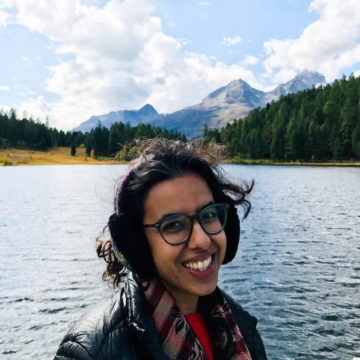
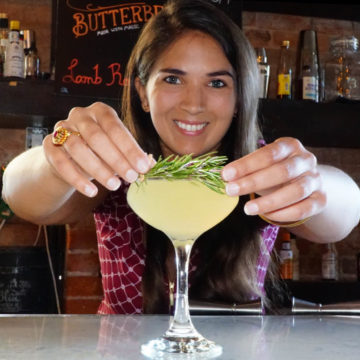
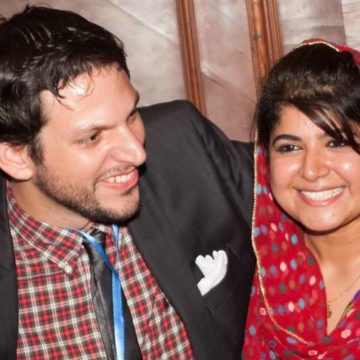
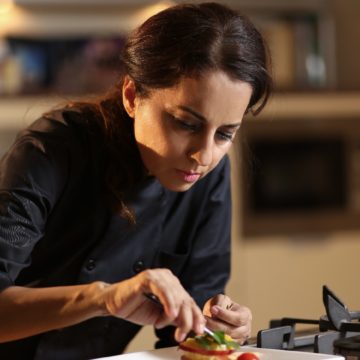
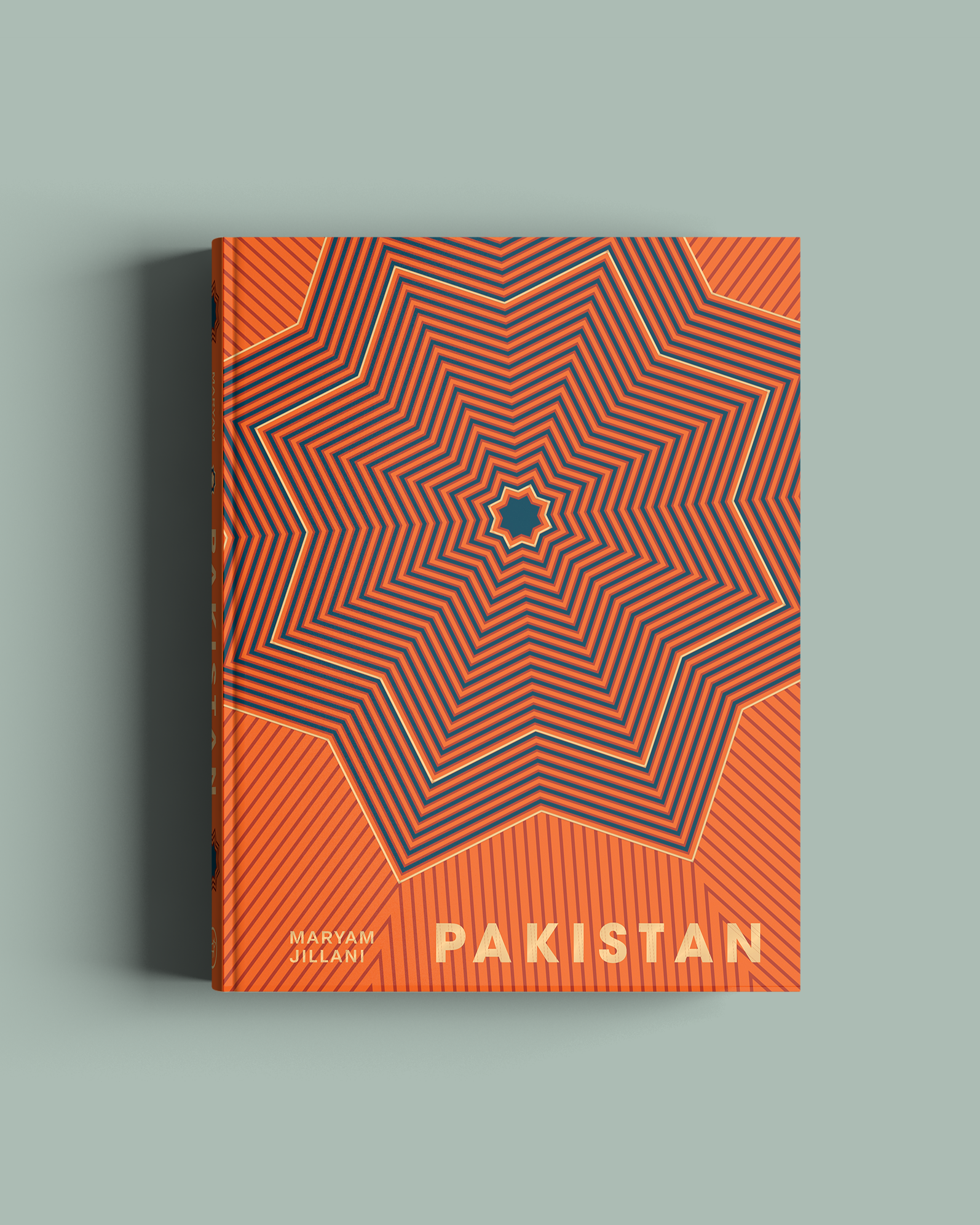
Muhammad Ali Malik says
I want world to know what Pakistani food actually is. Indians here in USA and in other parts of the world cook our food with the ready made food packets from our country and say (nodding head) it’s indian and I hate that. Thank you so much for this venture and I hope World will know that what Pakistani cuisine actually is.
One more thing. They are running their restaurants with Shan masalah packets, every day they use 100s of those packets to cook food commercially in their restaurants.
AbdulHaque Shaikh says
Pakistan belongs subcontinent. There are three or four major regional component of Indian subcontinent which has its culture based in Indus Valley civilization. India is no longer exists. It is now Bharat or Pakistanor Bangladesh or Nepal or shri Lanka. Do not feel bad when people from Bharat say the food is Indian.